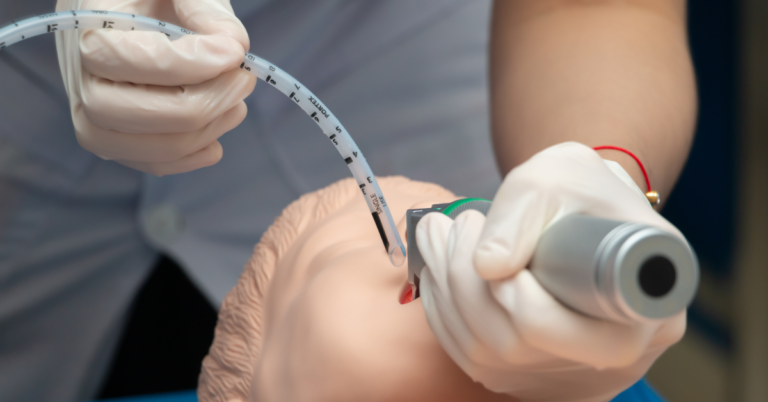
Choosing the Right IV Access Equipment for Prehospital Care
First responders rely on various medical equipment to provide lifesaving interventions en route to hospitals. Among these critical tools, intravenous (IV) access equipment plays a pivotal role in administering life-saving fluids and medications directly into the bloodstream. Below, we focus on the essentials of selecting the right IV equipment for prehospital care, ensuring that first responders are well-equipped to meet the needs of any emergency.
Understanding IV Access Equipment in Prehospital Care
IV access equipment refers to the medical devices used to administer intravenous therapies. They allow healthcare professionals to deliver medications, fluids, and nutrients directly into a patient’s bloodstream.
In prehospital care, such equipment helps in stabilizing patients during transport to medical facilities. Common types of IV access equipment include catheters, needles, tourniquets, infusion sets, and securement devices.
Factors to Consider When Choosing IV Equipment
Selecting the right IV access equipment involves several key considerations to ensure efficacy and safety during emergency interventions:
- Ease of use: Equipment should be straightforward for EMS personnel to operate under pressure. Simple mechanisms that facilitate quick and secure IV line placement are crucial.
- Versatility and adaptability: Choose equipment adaptable to various patient ages and conditions. This flexibility ensures that EMS teams are prepared for any situation, from pediatric emergencies to adult care.
- Durability and reliability: The selected IV equipment must withstand unpredictable and often harsh prehospital environments. Reputable suppliers of EMS supplies, like Coast Biomedical, offer IV equipment that functions reliably in various scenarios, including in adverse weather conditions and during transport.
- Safety features: Opt for devices with built-in safety features to reduce the risk of needlestick injuries and ensure secure catheter placement. Safety-engineered devices improve patient outcomes by reducing the risk of infection.
- Portability: Compact and lightweight equipment is essential for prehospital care, where space is limited, and mobility is crucial.
- Cost-effectiveness: While you should not compromise quality, considering the cost-effectiveness of IV equipment is important. Effective budget management can help EMS services maintain a full stock of necessary supplies without compromising quality. Investing in high-quality IV equipment can save costs in the long run by reducing the incidence of equipment failure and the need for repeated attempts at IV access.
Get Quality IV Equipment from Coast Biomedical Equipment
Choosing the right IV access equipment is crucial to optimizing prehospital care. Effective equipment selection enhances the ability of EMS personnel to respond confidently and competently in emergencies.
For the best in EMS supplies and IV equipment, turn to Coast Biomedical Equipment. We offer a wide range of top-brand and private-label EMS supplies, ensuring high-quality and cost-effective solutions for all your EMS needs. Contact us today to equip your team with the best tools in prehospital care.





